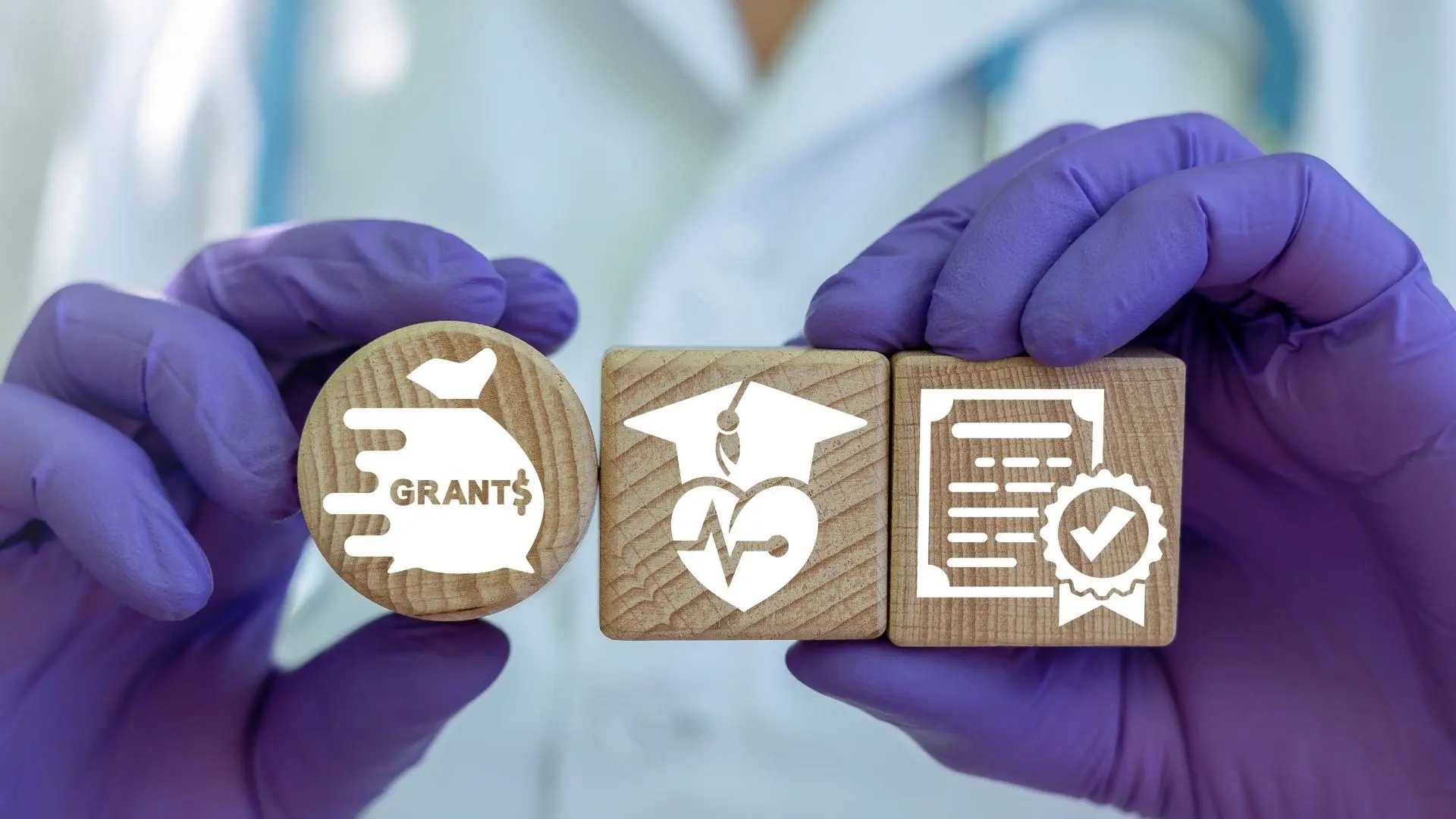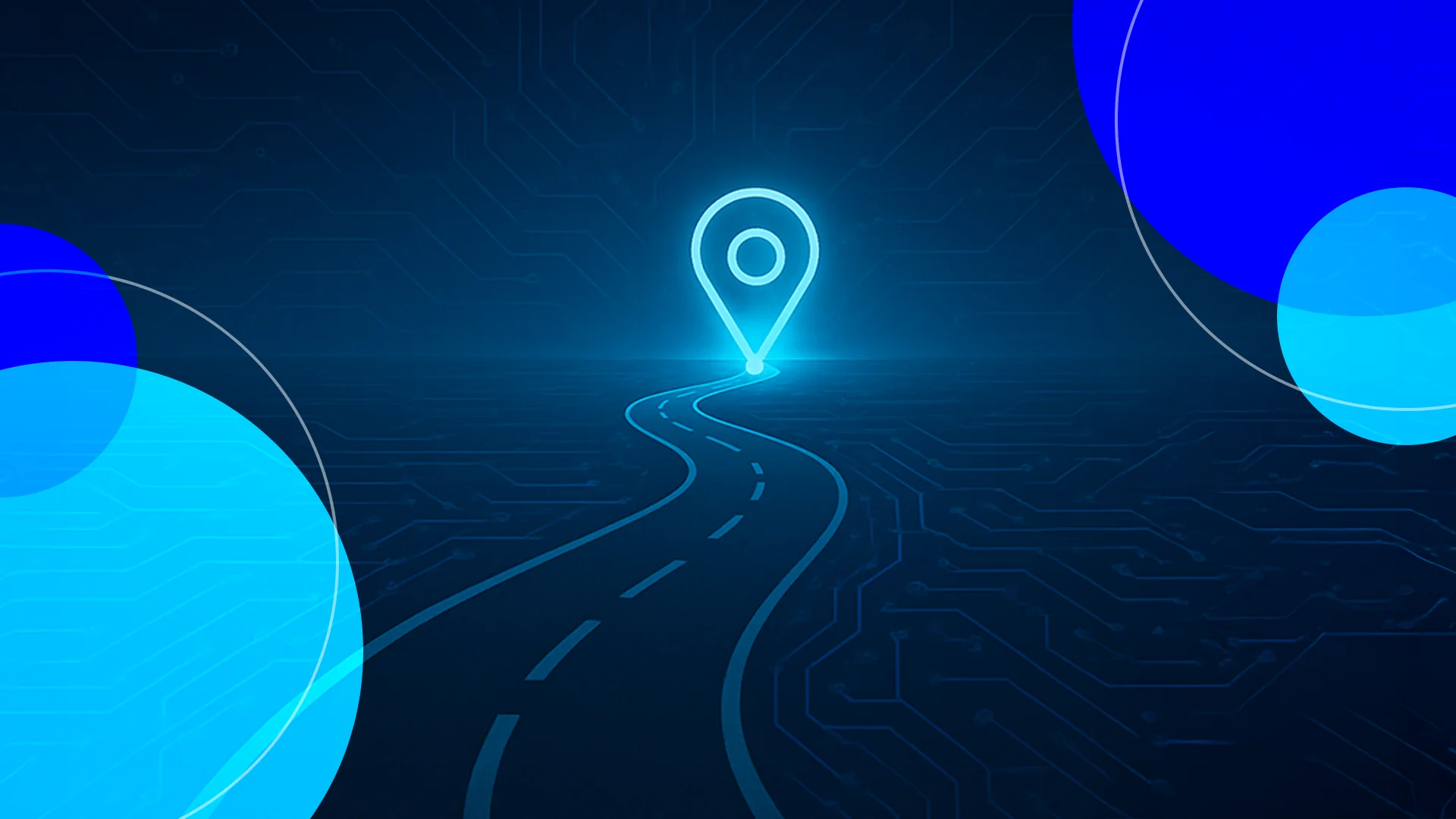Pay Attention to the Why, Not the How
The sun rises. The sunsets. Agencies evolve. Processes change. Program missions are affected by any number of variables. This constant change and course adjustment, obviously, will always require systems and IT tools to grow and change to remain efficient and effective. Application modernization presents its own unique challenges to any agency making widespread changes, but those systems are designed to help internal staff execute their mission and perform interagency tasks. However, we’re talking about grants today. And when you try to modernize your grants management system, things get a little more…complicated.
Changing the grants process in any government agency has impacts far beyond the Department, the program offices, and the regions. Grant systems touch so many different pieces of an agency’s mission, entirely different agencies, the public, Congress, financial systems… the list goes on. Factoring in all of the interfaces, cross-agency collaboration, inter-government communication, legislative compliance, it’s not surprising that these initiatives either never get off the ground or fail entirely. It’s completely understandable that agencies find it an overwhelming endeavor just trying to account for all the things that need to be considered to ensure success.
Over the last decade, I’ve watched departments go from automating a paper-based grants process to moving to an outcomes’ driven process, and now they’re turning their eye towards reporting and telling their story. Each of those evolutions in grants management presented a new set of unforeseen challenges that had to be overcome. Whether they were people, process, or technology- hopefully, you can benefit from how the government reacted and solved these new problems.
To identify not only the challenges but also the opportunities that can be maximized through intelligent modernization of grants, let’s go through some of the easiest ways to stay in front of potential gotchas, identify good milestones to review existing process and optimize, and learn from some of our Federal friends.
We’ll start early in the lifecycle with pre-award functions, move through award, and then into post-award.
Policy/Intake
- Ensure that your process and desired system outcomes are meeting all of your new grants forward legislative requirements. Think about the DATA acts’ required elements now, rather than try to scramble to get them in the post-award phase. Doing it now will save you the pain of trying to reconcile it on the fly.
- Remain open to adjusting review processes and procedures that are obsolete, wasteful, and cumbersome. For example, a particular federal agency recently invested $15M towards automating parts of their review process, only to see it go to waste because program staff refused to accept digital information and insisted on original, raw data files from their application kits. This led to tremendous reviewer burden and untold dollars in paper processing. The exact thing they were working to move away from.
Award
- Be mindful that using a standard Notice of Grant Award is far easier and likely more familiar to your grantees/recipients. Agencies seem to love to design specific NGAs for their programs, but often don’t recognize that they require broader testing, development efforts, and work against the data standardization efforts related to grants management. Annual reporting can be negatively affected.
- Try not to ignore or trivialize the opportunity you have in front of you. Now is the time to not just modernize a system to perform tasks, but also to think about getting innovative with your existing workflows and processes. Take care to be mindful that you aren’t replicating the same processes simply because that’s “How the system does it now.” Rebuilding what already exists is not modernization, it’s just duplication.
- A conversation to have early with your PMs and your Program folks is one that reinforces an approach that’s driven by: “Not How, but Why?” Staying attached to the “how” paper moves through the system will only lead to the replication of the same process you’re struggling with now. Rather think of, “Why are we moving it that way? What story are we trying to tell?”
Post Award/Analytics/Reporting
- Carry that “Why vs How?” mindset into your Post Award thinking. Just because you want every piece of information that you can conjure up, doesn’t mean you should be collecting it from recipients. Ask yourselves, “Why are you asking for it and what does it add to your program’s impact story?”
- Make sure you can get the right data out, at the right time, to tell the story you want to tell.
People
- Throughout the process, don’t let technology get in the way of people. Too many agencies have failed, some multiple times, at trying to modernize their grants system(s) and continually ignored the grant and program staff or failed to garner their input altogether. Grants should live in OCFO, not OCIO. Additionally, grant and program staff are the front lines of the programmatic mission and delivering change to the American taxpayer. They want to be efficient and impactful, so make sure you let them tell their story. Because their story makes your story resonate better when the public comes asking.
Technology
- Be mindful of technological direction. For years, the government was run on large, monolithic systems with millions of lines of code. Staff expects the same experience that they get in their own interactions with technology. Highly flexible, dynamic tools allow for better announcements, faster awards, and deeper insight into program performance. If you need to change the data elements you’re collecting on a form, or back out a review step in the award process, think about how long you can wait for that change to be made. Take the opportunity now to leverage these dynamic tools that weren’t so widely adopted when your system originally came online. Building flexibility in the design will allow for changes to be made dynamically, without impacting all of the other functions and parts of the system that your staff needs to do the program’s work.
Process
- Be mindful of staying flexible as you define your business processes and workflows. Try to consider building them with an eye on being able to adjust those workflows and processes a year, three years, five years down the road. The Grants process and Program are fluid. Their needs are influenced by a range of things- whether its program realignment to another OPDIV, new legislation, internal reorgs, or a change in appropriation. The point being, those processes need to be flexible to accommodate those changes. As you establish your requirements, make sure they can be configured, NOT customized. Configured! Think through what things could ever need to change on the fly to make that work in another office, or with a different staff, or even under a different announcement. Reusability adds efficiency.
Need help modernizing your Grants Management system, email REI Systems at Grants@reisystems.com




